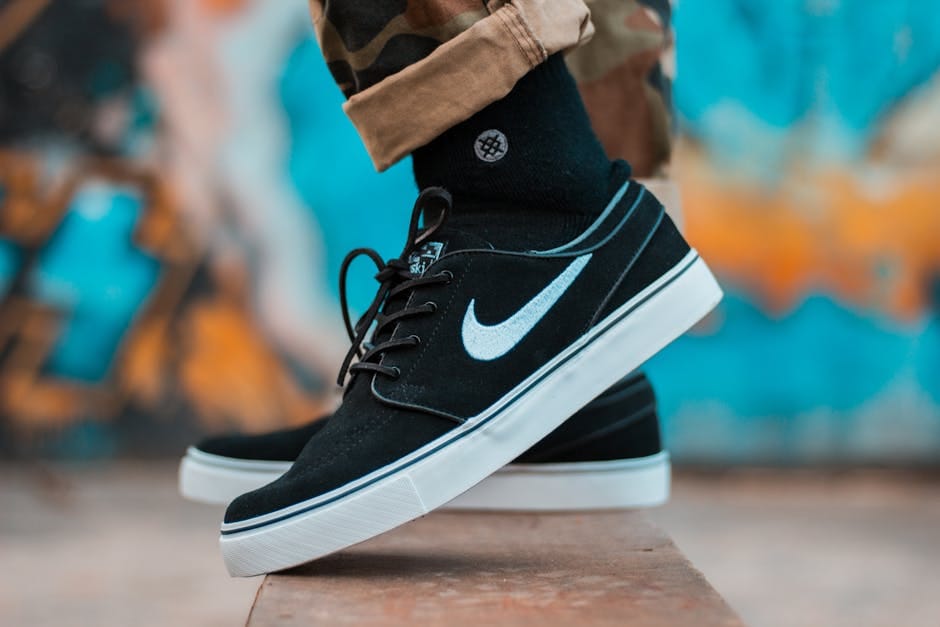We hear a lot about tight hip flexors these days, but what are they and why should we care? Are they really the source of all our aches and pains, as some claim? Let's dive into the world of hip flexors and explore why maintaining their flexibility is crucial for overall well-being.
Your hip flexors are a group of muscles located at the front of your hip and upper thigh. They're responsible for bringing your legs towards your torso, and they play a vital role in activities like walking, running, and even sitting. When these muscles become tight, they can cause a cascade of problems, from lower back pain and poor posture to decreased athletic performance.
Modern lifestyles, with prolonged periods of sitting, often contribute to tight hip flexors. Think about it: when you sit, your hips are constantly flexed, shortening these muscles over time. This can lead to a posture where your pelvis is tilted forward, putting extra strain on your lower back and potentially leading to pain and discomfort.
But tight hip flexors don't just affect your back. They can also impact your athletic performance. Restricted hip flexors limit your stride length and reduce your power output, making activities like running and jumping less efficient. This can also increase your risk of injury.
So, how can you tell if you have tight hip flexors? One common sign is feeling a tightness or pulling sensation in the front of your hip or thigh. You might also notice that you have difficulty standing up straight or that your lower back aches after sitting for a while. A simple test involves kneeling on one knee and gently pushing your hips forward. If you feel a stretch or tightness in the front of your hip, your hip flexors might be tight.
Fortunately, there are several things you can do to loosen tight hip flexors. Regular stretching is key. Stretches like the kneeling hip flexor stretch, pigeon pose, and lunges can help lengthen the muscles and improve flexibility. Incorporating these stretches into your daily routine can make a significant difference.
Beyond stretching, strengthening the opposing muscle groups, like your glutes and hamstrings, can also help improve hip flexor flexibility. Exercises like squats, bridges, and deadlifts can help create balance and stability around the hip joint.
Unlocking your hip flexors isn't just a trendy fitness concept; it's an important aspect of maintaining overall health and well-being. By addressing tight hip flexors through stretching, strengthening, and mindful movement, you can improve your posture, reduce pain, and enhance your athletic performance. So, take the time to care for your hip flexors – your body will thank you.
